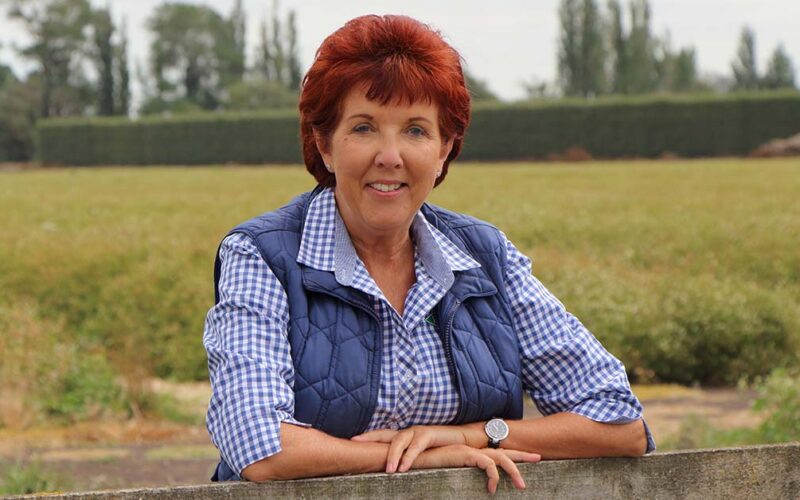For many years the arable sector has been viewed as the invisible partner of NZ agriculture, given the arable industry’s predominantly domestic, commodity market focus and the fact that it has chosen to fly under the radar on most of the major policy issues affecting NZ’s economic, environmental and social development, Stewart says.
“However, I believe the invisible partner image is slowly changing and could change even more if the entire sector worked together to make it happen,” she said.
Think about covid-19, what was the first food to fly off the supermarket shelves as NZ moved into lockdown?
Alison Stewart | August 25, 2020 from GlobalHQ on Vimeo.
Not meat, not milk, not fruit, but bread, then flour and pasta.
“Suddenly the NZ public recognised the value of having a local grains industry, something that they had been taking for granted for years.”
Add to that the challenging drought conditions in the North Island over the past six months, which have driven a strong demand for more locally produced animal feed, and the role of the NZ arable sector in sustaining the NZ economy is starting to become more obvious to a lot more people.
There’s also more to arable than food and feed.
Integrating arable crops into farming systems could contribute to a reduction in NZ’s agricultural greenhouse gas emissions and help protect NZ’s natural resources, supporting its position as a leader in sustainable food production.
“The much tried and tested mixed crop-livestock system suddenly becomes an attractive option when you are looking for a business model that has a positive environmental footprint and delivers the resilience and adaptability that we know will be required into the future,” she said.
“You don’t need to be a brain surgeon to work out the potential opportunities for cropping in this future scenario.”
So, how can the arable sector build on the good things it has to offer?
The next three to five years will be crunch time.
“It can choose to stay under the radar and let the larger primary sectors direct NZ’s agri-economic and environmental development,” she explained.
“Or it can stand up and be counted by promoting the benefits of arable cropping to the other sectors, to the Government and to the wider NZ public.”
The sector has strong messages that should resonate with each of those groups.
“We know NZ-grown grain and silage can add value to the livestock sectors,” Stewart said.
“We know the Government is committed to reducing the environmental impacts of the agricultural sector.
We know that New Zealanders like the idea of eating food grown in NZ.
“We need to bring the evidence to the table and present it in a way that encourages them to embrace it as part of their systems,” she said.
Stewart said FAR is a vibrant research agency that can deliver the research to show the benefits of arable cropping.
“Most government agencies have a very simplistic view of what we are and what we do.
We need to work together to provide them with an understanding of how arable underpins much of NZ’s agricultural sector by producing seed and providing feed.
Stewart said FAR can fund the research needed but growers will need to help make things happen.
“It will take more resources than we (FAR) have to drive all of the cogs in the wheel to get us to where we want to be,” she said.










